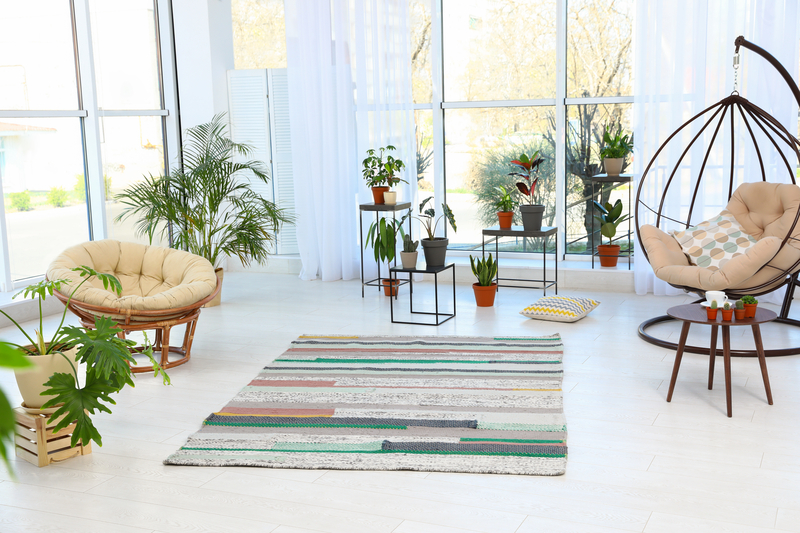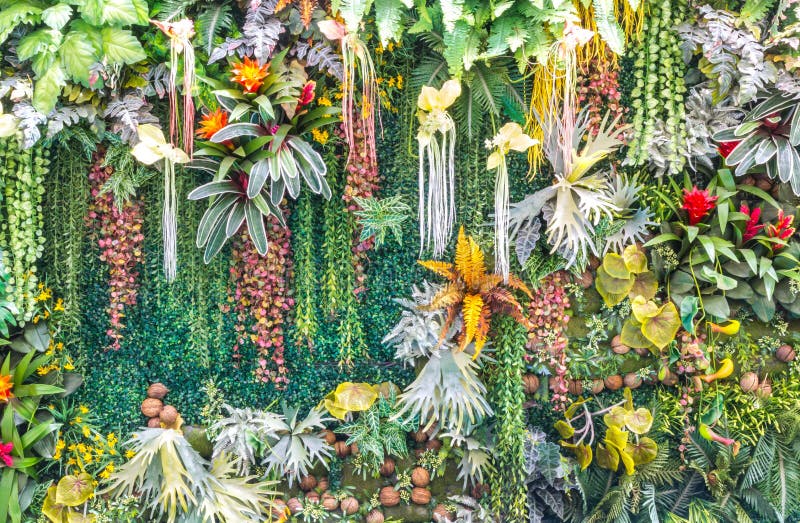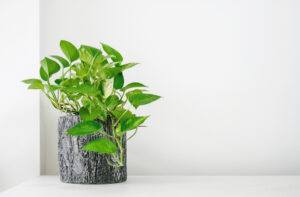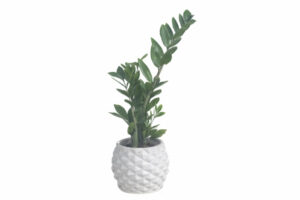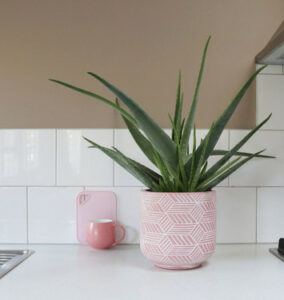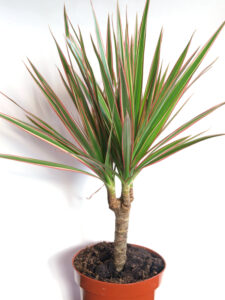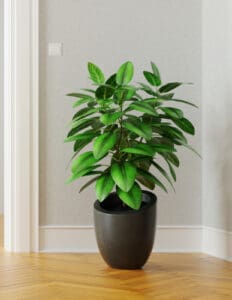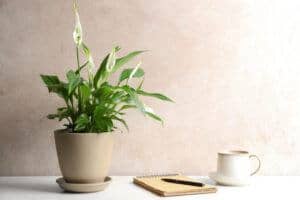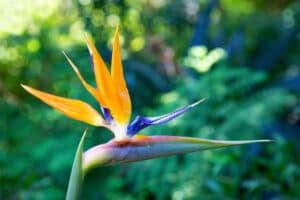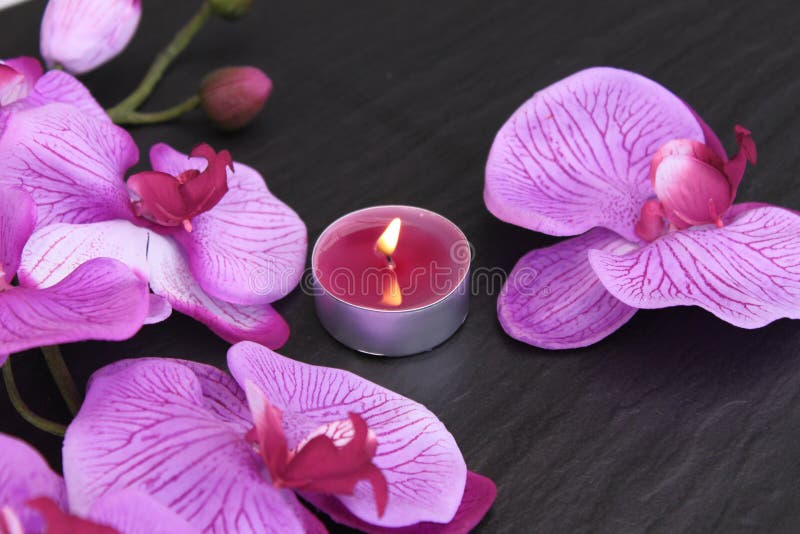HousePlantJoy is supported by our audience. When you purchase through one of our links, we may earn a small affiliate commission. As an Amazon Associate I earn from qualifying purchases. Your cost is not affected.
==================
10 BEST DECORATIVE PLANTS FOR INDOORS
If you’re looking to add a little life to your indoor space, why not try some decorative plants? There are tons of different kinds of plants that make great additions to any room, and they come in all shapes and sizes. Check out these ten beautiful, versatile options! From flowering plants that bring color and fragrance indoors, to lush green plants that can help clean the air, there’s sure to be a perfect fit for your needs. So get ready to add a touch of nature’s beauty to your living space!
Whether you’re trying to liven up your living room or want to add a dash of color, you’ve come to the perfect place. Plants are simple to care for, bring color and beauty, and help lower stress levels!
In addition to making a space seem cozier and more welcoming, houseplants also benefit both mental and physical well-being.
Below I have mentioned ten decorative plants for indoors, including ones that don’t take up much room and some that can develop into full-fledged trees. Let’s get started!
Why Should We Decorate Our House With Indoor Plants?
Despite our increasingly hurried and stressful lifestyles, there are simple methods to make your home a healthier atmosphere. A simple way to enhance your living space is to add some decorative plants indoors.
The presence of plants in our surroundings also significantly impacts our mental well-being. A new study suggests that even a slight amount of gardening might help alleviate feelings of stress and despair.
Style Tips
How to Style Indoor Plants? Consider these 6 Designer Tips
- Real plants show life and vitality! Of course, faux plants might seem quite real. But those real plants offer air-purifying benefits, too. And because they grow, you can change their locations, propagate new plants from the mother plant, and enjoy their greenery!
- Look for interesting leaf shapes, colors, and patterns. Not all plants are green. In fact, you might enjoy some of those with purple or red leaves, too. And consider a range of leaf shapes, too. After all, that hanging Boston Fern creates one effect while the African Violets on your window sill offer another. Mix and match to keep it interesting.
- Size matters. Yes, you might love that four-foot, Boston Fern. But does it really fit in your half-bathroom? Similarly, that lovely little cactus plant might seem lost in your large living room. Use plants that fit well into the space. If you need to use smaller plants in larger spaces, consider grouping several smaller ones that complement one another.
- Place plants at different heights. Again, this helps keep it interesting. If you place 5 plants that are all the same size on tables of the same height, it might seem boring. Instead, use the different plants at a different heights. In fact, consider hanging some or placing them on top of the mantle or bookcase.
- Choose your pots carefully. Unless your plant completely covers its pot, the pot, it resides in helps showcase the plant. As such, it adds to the overall appearance of the plant. Ensure that the size, color, and design of the pot fits your décor and the plant, itself.
- Mix plants into your room style. Just as you plan your outside landscaping, your indoor plants and placement need to fit your room style.
Decorator’s Tip:
When you are adding plants to your home, step back and see how each looks. Try moving plants into different locations to assess the overall effect. And don’t be afraid to move plants to a more suitable location. However, you might also rearrange the furniture to accommodate your greenery, too!
10 Best Decorative Plants for Indoors
1. Pothos
Golden pothos or Epipremnum aureum
One of the simplest home plants to cultivate, the Marble Queen Pothos has heart-shaped leaves and tendrils that swiftly cover your plant shelf with beauty. This easy-to-care-for species is suitable for those who are new to gardening.
This plan can grow even in low-light conditions and with less-than-optimal watering techniques. Because the vines can grow so long, they are ideal for suspending high ceilings. Think about using this plant if you have poor or indirect light. When the soil is dry, sprinkle some water on it.
2. ZZ plant
ZZ Plant
As a newbie, you may want to choose a ZZ Plant. These plants can thrive well in low light conditions. These plants are perfect for individuals who live in apartments or other shady areas. Whether used alone or in a group, the ZZ plant looks great in either the kitchen or the bathroom.
3. Aloe Vera
Aloe Vera
Even a rookie gardener can grow Aloe plants well. Plant these hardy ornamentals in cactus soil and set them in a well-lit spot for optimal results. In addition, they’re ideal for friends who have difficulty caring for other plants.
A wide variety of containers and interior styles work well with these plants. They’re such adaptable and remarkable plants for indoor decoration. Moreover, these plants are a popular element in healthcare products.
4. Dragon Tree
Dracaena marginata
There are few low-maintenance tree-like houseplants available, but Dracaena marginata is an exception to the norm. The fact that you may wait until the soil is dry before watering makes it
ideal for places like remote parts of the home. Temperature and light conditions are critical for this plant to thrive. Moreover, various planters are available in multiple sizes to facilitate the root system’s rapid expansion.
5. Boston fern
Large Boston Fern Hanging Pot
They’re perfect for moist environments like restrooms and settings with a lot of diffused light. Toxins such as toluene and xylene are also removed from the air by Boston ferns. When watering a Boston fern, be sure to do so until the water seeps through the drainage holes. However, root rot is a severe problem for them. Falling leaves from these trees may make a real mess. Therefore, it is vital to prune these plants from time to time.
Rubber Plant
6. Rubber plants
Like other plants on this list, it needs intense, indirect light. You should only water it if the mud is arid. Additional advantages of rubber plants include their ability to purify indoor environments naturally. Place them near your favorite place to relax and enjoy the fresh air.
Scale and mealybugs may be a problem for you. Apply Neem oil and wash down the plant every week to prevent the spread of bugs.
Peace Lily
7. Peace Lily
Peace lilies are popular as houseplants because of their easy care and stunning appearance. Their glossy foliage and spoon-shaped white blossoms elevate whatever room they’re in. With low to moderate light circumstances, they’re alright, but they bloom more often with highlight.
Water only when the soil is arid in between. White to off-white peace lilies bloom throughout the year in the right circumstances if they get adequate light.
8. Chinese Money Plant
Also known as the coin plant (also known as pilea) is an adorable addition to end tables with its rounded leaves. Luminosity is preferred. Hold on until the soil has dried up before watering since these plants do not like to be constantly damp.
Indirect light is best for your Pilea’s lighting needs. There is a risk that the sun’s rays may damage the leaves. If you want to keep your Pilea from becoming unbalanced, rotate it at least twice a week.
Liquid fertilizer for indoor plants should be fed once a month in the spring and summer. Pilea is typically safe for both people and animals to consume.
‘Mandela’s Gold’ bird of paradise – Also called ‘Kirstenbosch Gold’,
9. Bird of Paradise
No one does it better than the Bird of Paradise for houseplants. Your home or office will seem like a tropical paradise thanks to this plant’s banana-shaped leaves. Despite its adaptability to a broad range of lighting situations, it does best in bright, direct sunlight.
Even a little sprinkling can do wonders for your Bird of Paradise, which also benefits from the removal of dust from its glossy, black leaves. Give your indoor plants a liquid fertilizer once a month during the spring and summer. This fertilizer is somewhat harmful to people and dogs. When ingested, the mouth and stomach may get infected.
10. Anthurium
Another best decorative plant for indoors is anthurium. This plant is known for its long-lasting, waxy red blossoms. This plant also prefers moderate to low light. Moreover, the soil should be allowed to dry somewhat between watering.
More Tips: Decorative Plants For Indoors
In addition to our tips above, consider the plant’s needs. Some require more sunlight while others thrive in dimmer light. Keeping plants that need frequent watering near your kitchen or bath makes watering easier.
Also, consider your children and pets. Some plants are poisonous and should be kept away from little hands and paws. Even if you have no little ones of your own, consider if your friends might stop by with tots in tow.
Another suggestion for those in the decorating mood–add just a few plants at a time. When you begin adding plants, you might want to move them around until you are happy with the placement. Then, when they are happily settled, add a few more.
Learn to propagate some of your plants to enlarge your collection. In fact, consider gifting some of your homegrown plants to friends. Yes, you might encourage others to this green hobby!
Conclusion
A time will come when you want to rejuvenate your house. The best way to give your home a new look and pleasant feel are to decorate it with indoor plants. Indoor plants turn your house into a new look and help reduce your stress level. I hope the plants I have mentioned above will benefit you.
We hope you enjoyed our list of the 10 best decorative plants for indoors. If you’re looking to add a little green into your home, we highly recommend any one (or all!) these houseplants to spruce up that space and create an inviting living environment. Leave us some comments about which plant was your favorite or what indoor situation might be perfect for specific types of plants!
Read More:

